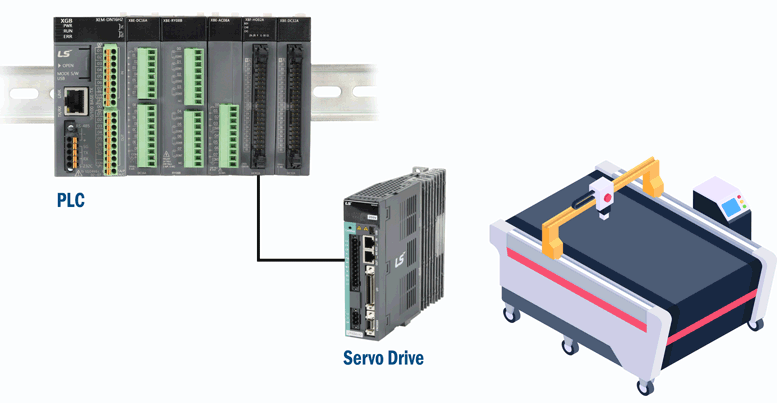 Cookies are not enabled on your browser.
Cookies are not enabled on your browser.Cookies are required for our site. Please enable cookies in your browser preferences to continue.
ADC will have normal operating & shipping hours Tuesday, Dec 30th.
- Barcode / RFID / Vision
- Bulk Wire & Cable
- Cables (Terminated)
- Circuit Protection / Fuses / Disconnects
- Communications
- Drives & Soft Starters
- Enclosure Thermal Management & Lights
- Enclosures & Racks
- Field I/O
- HMI (Human Machine Interface)
- Hydraulic Components
- Motion Control
- Motor Controls
- Motors
- Pneumatic Components
- Power Products (Electrical)
- Power Transmission (Mechanical)
- Process Control & Measurement
- Programmable Controllers
- Pushbuttons / Switches / Indicators
- Relays / Timers
- Safety
- Sensors / Encoders
- Stacklights
- Structural Frames / Rails
- Tools & Test Equipment
- Valves
- Water (Potable) Components
- Wire & Cable Management
- Wire & Cable Termination
- Retired Products
Configuration Utilities
- PLC Family Selector
- P1000 PLC Systems
- P2000 PLC Systems
- P3000 PLC Systems
- ProductivityCODESYS
- CLICK PLC Systems
- Do-more® BRX PLC Systems
- LS-Electric® XGB PLC Systems
- Productivity®Open Systems
- Datalogic® Safety Light Curtains
- LS-Electric® Servo Systems
- Nitra® Pneumatic Grippers
- Object Detection (Sensors)
- PAL Controller Configurator
- Precision Gearbox Selector
- Protos X® Field I/O
- Pyrometers Selector
- Quadritalia® Modular Enclosures
- Stellar® Soft Starters
- Stepper System Selector
- SureFrame T-slot Extrusion
- SureMotion® XYZ Gantry
- SureServo2® System Selector
- SureStep® Linear Actuators
- Timing Belts & Pulleys
- Werma® Stacklights
- ZIPLinks
Pulse and Direction Motion Control:
In a typical motion control system, there are three basic components: the controller, the drive (sometimes referred to as an amplifier), and the motor. The path planning or trajectory calculations are performed in the controller, which sends command signals to the drive, which in turn applies the necessary voltage and current to the motor, resulting in the desired motion. The most common command signal type when using PLC-based control is the pulse train also referred to as "pulse and direction". Pulse and direction signals provide an inexpensive, noise-free (digital) method for precision motion control. While typically limited to a few axes of control and where coordination between axes is not necessary, PLC controllers with pulse and direction capability are an excellent fit for many motion applications.
Pulse and direction signals are typically square waves that alternate between a high and low voltage at a determined frequency. With this square wave, the PLC can ultimately control:
- The motion of a motor or actuator. With each pulse received from the PLC, the drive will command the motor/actuator to move a specific amount. By controlling the frequency of the pulses, the PLC can determine how much movement (rotation, extension, etc.) is needed and how fast it occurs.
- The direction of the motion. The polarity of the PLC's pulses tells the drive which direction the motion will go, with positive pulses causing motion in one direction and negative pulses causing motion in the opposite.
By controlling the frequency and polarity of the pulses, the PLC (through a drive) can precisely control the motor/actuator's position and speed.
Application of Pulse and Direction Motion Control
Pulse and direction control is used throughout industrial automation for numerous types of movement, including those involving:
- Stepper Motors: These motors are named as such because they are commanded to move in small discrete steps, and they can do so rapidly. These motors are commonly used in precision applications like 3D printers and CNC machines.
- Linear Actuators: These devices use pulse and direction signals to create motion in a linear path, and are used frequently in controlling gates/doors or whenever a component needs to be raised, lowered, or extended.
- Robotics: Numerous applications involving robotics can be controlled with pulse and direction signals including the precise positioning of robotic arms.

Check out our job openings
Free Online PLC Training
FREE Video Tutorials
FREE e-Newsletter
Automation Notebook
Product Literature
White Papers
News, Product and Training Bulletins
E-Books
 Safe &
Secure
Safe &
Secure

We accept VISA, MasterCard, Discover, American Express, PayPal or company purchase orders.
Voted #1 mid-sized employer in Atlanta
Check out our
job openings

